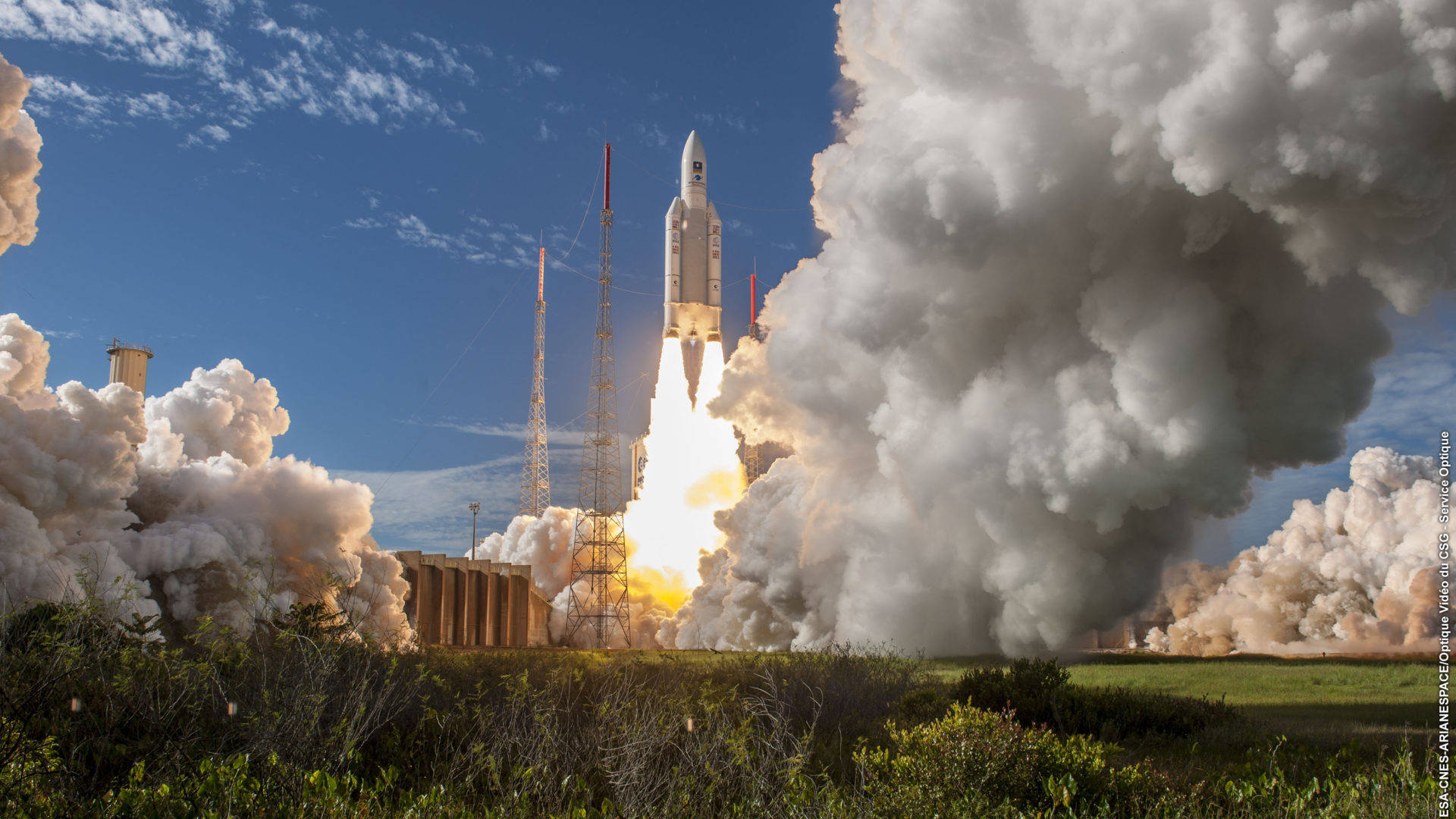Galileo Launches Four New Satellites

Ten years ago, the European GNSS Agency (GSA) created a plan for a 30-satellite constellation of Galileo satellites, including 24 operational satellites and 6 backups. The goal was to have a fully operational navigational system providing state-of-the-art positioning and timing. As of Wednesday 25 July, the European Union moved four satellites closer to its goal.
At 11:25AM GMT, the Ariane 5 rocket, on its 99th launch, carried four Galileo satellites into space. As the second stage of the rocket carried the satellites into the appropriate orbit, the 23rd, 24th, 25th, and 26th Galileo satellites were deployed. This deployment came as four other Galileo satellites, launched in December, are being operated into working status. By February 2019, 22 satellites will be working, including the four launched on Wednesday. By then, only 2 will be missing in the achievement of fully operational status. The next launch is scheduled for 2020.
All new phones and currently anyone with a phone capable of receiving Galileo’s signals can benefit from the user-oriented service. This system is unique, for unlike Russia’s GLONASS or the United State’s GPS, Galileo is civilian-operated, more accurate, and allows for authentication of signals. Not only is it independent from the two aforementioned systems, this free public service also interoperable with them. Thus, users of Galileo’s advanced positioning, timing and navigation capabilities are receiving the most comprehensive and accurate services available.
Re-watch the launch here.
Image: ESA / CNES / Arianespace / Optique Video du CSG